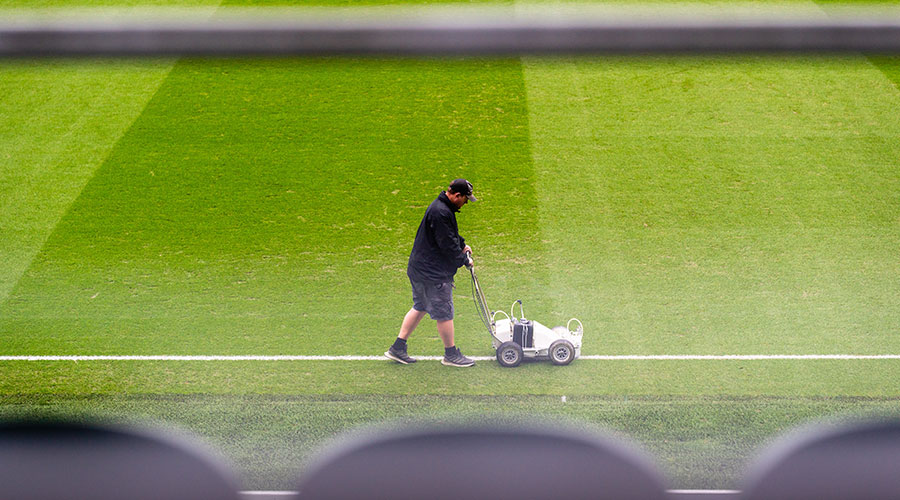Grounds Care: Special Events Threaten Landscape Health
On Jan. 20, 2009, all eyes were on Washington, D.C., and the inauguration of President Barack Obama. About 1.7 million people crowded into the National Mall that winter morning, and individuals did everything they could to find the best possible view of the day’s events.
Barbara Faust and 15 members of her staff were on the National Mall that day, but not as spectators. Their job was to ensure the massive crowds did not destroy 10 of the most historic landscapes in the United States — the Smithsonian Institution gardens.
“It wasn’t so much that they were in our gardens as much as they wanted to get to the National Mall,” says Faust, associate director of Smithsonian Gardens, the department responsible for the design and maintenance of the gardens outside of Smithsonian Institution museums in and around the National Mall. “There were so many streets that were cordoned off, and they also had temporary chain-link fences that were set up to shepherd people in separate directions. The Mall filled up, so from the Capitol back, they would close off the streets.
“So the people would just have to keep going further and further down (the Mall). At one point, they decided to just pull up these fences and walk through our gardens. They stepped on anything and everything.”
More than a year and a half after the inauguration, Faust and her department are still repairing some of the damage. But the aftermath could have been much worse had it not been for Smithsonian Gardens’ experience dealing with large numbers of visitors. The department’s goal is to have the gardens open 364 days a year, and 30 million people visit the Smithsonian Institution grounds and museums annually. Considering the number of people who visit the museums, the U.S. Capitol, and other national landmarks, Faust and her department face pressure to ensure the gardens make a strong first impression.
“Absolutely, but it’s good pressure,” she says. “It keeps our standards high. It’s certainly difficult to do. With 30 million visitors, they’re going to go everywhere you can imagine. They walk on the curbs, and they walk on the edge of the turf. We are always trying to keep those traffic lanes looking nice. What we found is, that if we keep it looking good, they are less likely to go in and damage it.”
Related Topics:














